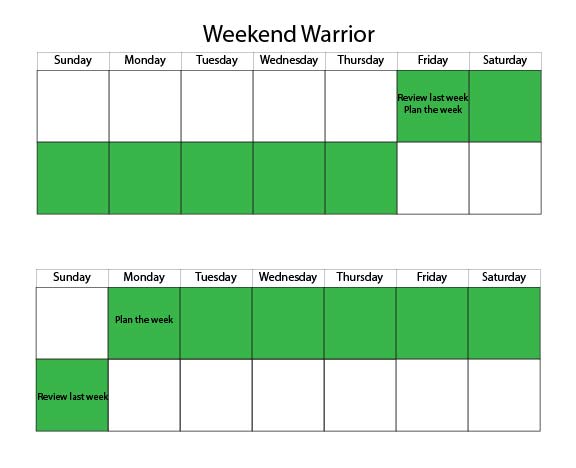Previous Post - 5: Time Box - identify a length of time you want to accomplish things
Principle #6: Focus
Hyper Focus
You have a Project Book and put one single sticky note on the front and work that until it’s done. Maybe you decide you can have more than one (as you might have to wait for something from someone else to move forward). The idea is, don’t put too much on your front page. Maybe even decided a maximum number of sticky notes you will allow on your front page (1, 2, maybe even 4), but by limiting and hyper-focusing, your time will be maximized.
“People think focus means saying yes to the thing you've got to focus on. But that's not what it means at all. It means saying no to the hundred other good ideas that there are. You have to pick carefully. I'm actually as proud of the things we haven't done as the things I have done. Innovation is saying no to 1,000 things.” - Steve Jobs
One of the key principles in the Agile world is focusing on one thing at a time and finishing it. I read a term on someone's blog that really describes a piece of this method. She called it “Hyper-Focus.”
You have a Project Book and put one single sticky note on the front and work that until it’s done. Maybe you decide you can have more than one (as you might have to wait for something from someone else to move forward). The idea is, don’t put too much on your front page. Maybe even decided a maximum number of sticky notes you will allow on your front page (1, 2, maybe even 4), but by limiting and hyper-focusing, your time will be maximized.
Avoid Context Switching (Commonly Known as Multi-Tasking)
As any good administrative assistant, chef, or mom knows, multi-tasking is a critical survival skill. At it's simplest, multi-tasking involves setting a number of tasks in motion that require minimal attention. One task gets the focus. So, in it's most literal form, we only do one task at a time, while other tasks are set in motion behind the scenes. A virtuoso multi-tasker optimizes her workflow so she can seamlessly switch attention between tasks with minimal down time.
The switching attention from one task to another is the problem. The phrase "context switching" more accurately describes the real issues. In the multi-tasking scenario, it's usually switching between tasks that don't necessarily require full concentration. But there are many tasks we do today that require the majority of our concentration.
Knowledge work is something that is high in mental concentration. To be most efficient with your work, it's best to finish the task you are working on before moving on to something else. One way to manage that is to minimize the number of tasks you are focusing on (limit work in progress) before you start working on anything new.
Pomodoro Technique
Additional techniques like the Pomodoro technique can help you focus for short bursts of time (25 minutes with a 5 minute break)
The switching attention from one task to another is the problem. The phrase "context switching" more accurately describes the real issues. In the multi-tasking scenario, it's usually switching between tasks that don't necessarily require full concentration. But there are many tasks we do today that require the majority of our concentration.
Knowledge work is something that is high in mental concentration. To be most efficient with your work, it's best to finish the task you are working on before moving on to something else. One way to manage that is to minimize the number of tasks you are focusing on (limit work in progress) before you start working on anything new.
Pomodoro Technique
Additional techniques like the Pomodoro technique can help you focus for short bursts of time (25 minutes with a 5 minute break)

























